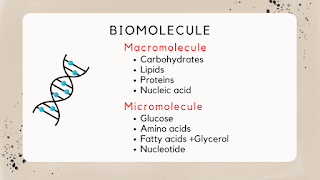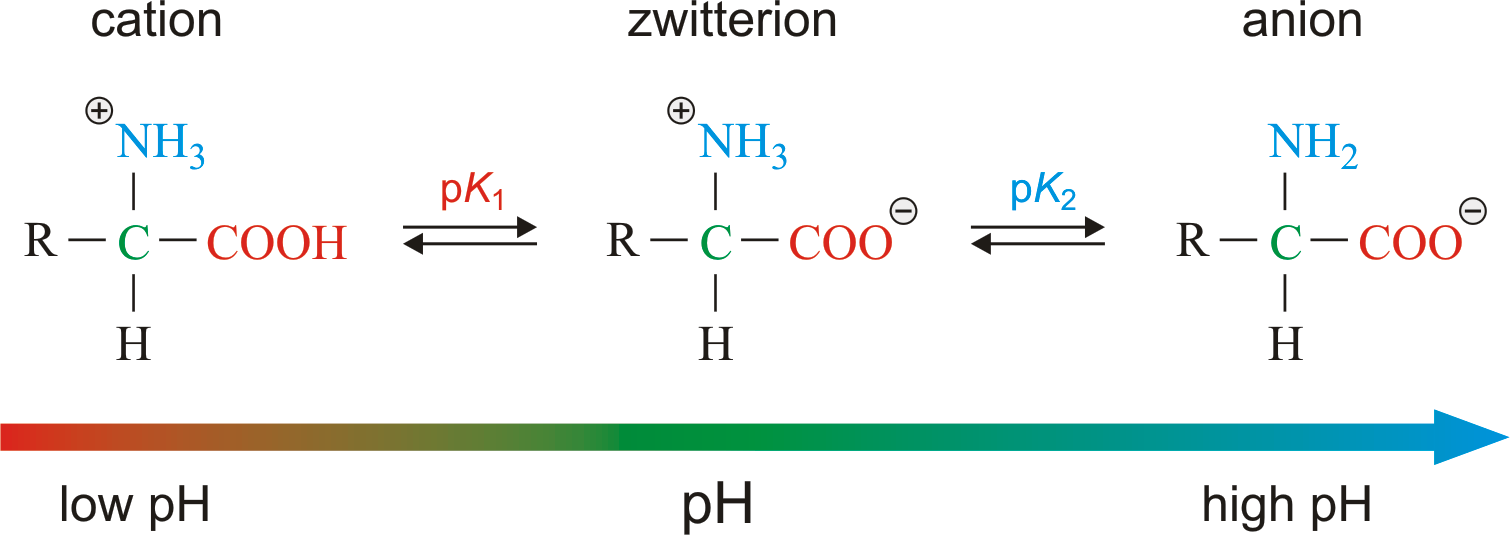We can continue asking the same question that, what type of organic compound do we gonna find in living organisms? To get an answer we must perform a chemical analysis. For that first, we can take a living tissue that can either be a piece of vegetable or liver and afterward grind it in trichloroacetic acid using mortar and pestle. We obtain a thick slurry and strain it through a cloth and obtain two fractions, filtrate (trichloroacetic acid-soluble) and retentate(acid-insoluble). This acid-soluble fraction contains most of the organic compounds. All the carbon compounds that we get from the solution are referred to as 'biomolecules'. Living organisms do contain inorganic compounds that can be extracted. For instance, take a dry leave, weigh it, and burn it the leftover ash contains all inorganic compounds(contains calcium, magnesium, etc.).The biomolecule can be further classified as macromolecules and micromolecule. The molecular weights range from 18 -800 Daltons (Da) in the case of macromolecules whereas, for micromolecules, it does not exceed 800 Da.

PROTEINS
The linear chain of amino acids linked by peptide bonds are proteins and therefore, it is referred to as polypeptides. Each protein is a polymer of amino acids. As there are 20 a/a known (e.g. alanine, cysteine, tryptophan, proline, etc.)A protein is a heteropolymer, not a homopolymer. Protein carries out an array of functions in the body of an organism. For instance,
- Collagen acts as the intracellular ground substance
- Trypsin helps in digestion and act as an enzyme
- Insulin is a hormone that helps in the regulation of blood sugar level
- Antibodies help in building the immune system by fighting against infectious agents called antigens.
- Various receptors present inside the body are made up of protein.
- GLUT-4 enables the transport of glucose inside the cell.


Comments